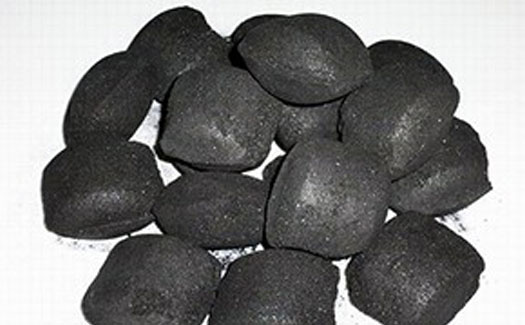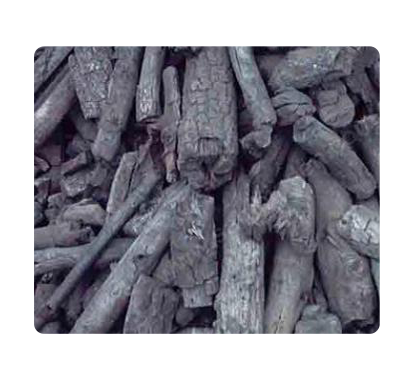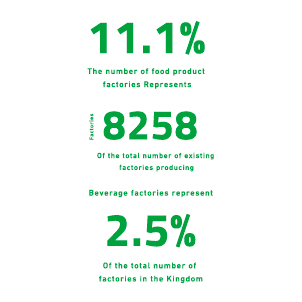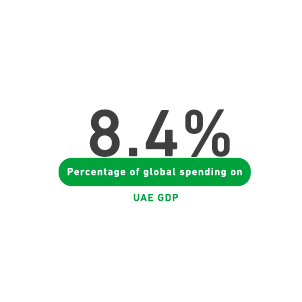A compressed coal Factory is an industrial facility that produces compressed coal. It is a powder of coal and recycled wood. These materials are compressed under high temperatures using specialized equipment to turn into a solid product. Compressed coal burns fast, smells less, smokes less, and stays lit longer. It is worth mentioning that compressed coal is used in many activities such as barbecuing, cooking, heating and making energy.

Compressed Coal Factory is an industrial facility that produces compressed coal. It is a powder of coal and recycled wood. These materials are compressed under high temperatures using specialized equipment to turn into a solid product. Compressed coal burns fast, smells less, smokes less, and stays lit longer. It is worth mentioning that compressed coal is used in many activities such as barbecuing, cooking, heating and making energy.
Mashroo3k for Economic Consulting is pleased to provide specialized services to investors through an analyzing and insightful view of the market based on a vast database covering all the Middle East markets, with our highly-trained and experienced teamwork. Mashroo3k is approved by all funders in the Arab world and its data is compatible with the world’s largest databases, such as: UNICEF Data, Statista, ITC, OEC, and WITS. The company has covered a geographic range with its services that includes 25 countries around the world, which means that cooperation with us will ensure success.



Executive Summary
Project Service/Product Study
Market Size Study
Study of Risks

The Industrial Sector in the Gulf Cooperation Council countries
The industrial sector stands as a cornerstone in the renaissance of the world economy with its metrics serving as barometers of national progress and development The robustness of the industrial sector in certain Western nations today has played a pivotal role. Given the importance of this sector, Mashroo3k is pleased to present you with the following essential insights into the industrial sector of the Gulf Cooperation Council countries
The Kingdom of Saudi Arabia:
The Industrial Sector in the Gulf Cooperation Council countries
The industrial sector stands as a cornerstone in the renaissance of the world economy with its metrics serving as barometers of national progress and development The robustness of the industrial sector in certain Western nations today has played a pivotal role. Given the importance of this sector, Mashroo3k is pleased to present you with the following essential insights into the industrial sector of the Gulf Cooperation Council countries
The Kingdom of Saudi Arabia:
The United Arab Emirates:
Kuwait:
Qatar:
Oman:
The United Arab Emirates:
Kuwait:
Qatar:
Oman:

The Industrial Sector in the Gulf Cooperation Council countries
There are 1801 factories under construction in the Kingdom of Saudi Arabia. The number of licensed workers in these factories is 78,650. . The factories capital is estimated at approximately SAR 68,481 million.
Riyadh accounts for 40.4% with (728 factories) of these under-constructing factories.
The industrial sector in the UAE contributes about 8.4% to the GDP.
The industrial exports value exceeded AED 240 billion.
The UAE aspires to be ranked 25th in the Global Manufacturing Competitiveness Index, having held 38th place years ago.
The UEA strategy supports the establishment of 13,500 small and medium enterprises.
The industrial sector in the UAE contributes about 8.4% to the GDP.
The number of facilities with more than 20 workers is 549 The number of workers in these facilities reached 129,735. The total production value of these facilities reached KWD 35,566,260 thousand.
Manufacturing industries contribute around 9.2% to the GDP
The number of facilities with less than (10 workers) is 1799 , and the total number of workers in these facilities is 8,305.
The number of facilities with more than (10 workers) is 1668. the total number of workers in these facilities is 153,567.
The manufacturing industries exports account for 31.4% of Oman’s total exports.
The growth rate of manufacturing industries is estimated at approximately 6% over the past five years.